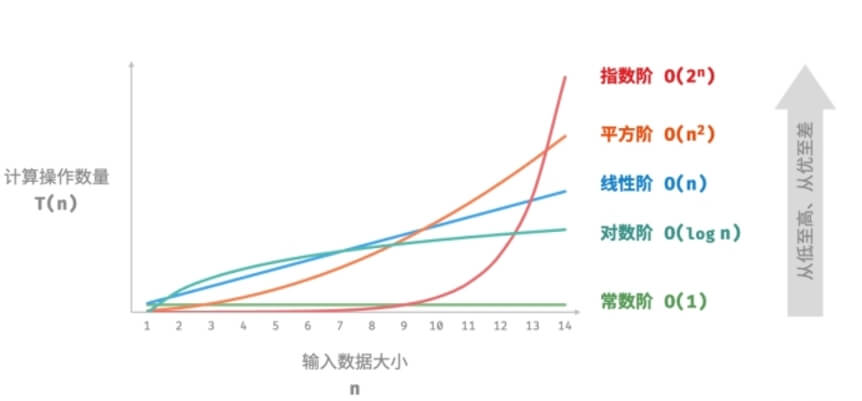If you need to force an immediate update to a component, you can use the
$forceUpdatemethod. However, this method should be used cautiously because it bypasses Vue’s update optimization mechanism.
1. The Component Does Not Update After Data Changes in Vue
In Vue.js, there are a few common reasons why the view may not update when the data changes. Here are some troubleshooting steps and solutions:
1.1. Ensure Reactivity
Make sure that your data is reactive. If the data is defined in the data object of the Vue instance, it should be reactive.
Example:
new Vue({
el: '#app',
data: {
message: 'Hello Vue!'
}
})1.2. Use Computed Properties or Watchers
For more complex logic, consider using computed properties or watchers to handle data changes.
Example:
new Vue({
el: '#app',
data: {
rawMessage: 'Hello Vue!',
processedMessage: ''
},
computed: {
message() {
// Process the data here
return this.rawMessage.toUpperCase()
}
},
watch: {
rawMessage(newVal, oldVal) {
this.processedMessage = newVal + " (Processed)"
}
}
})1.3. Check the Asynchronous Update Queue
To improve performance, Vue delays DOM updates after data changes. You can use the $nextTick method to get the latest DOM state.
Example:
this.someData = 'New Value'
this.$nextTick(() => {
console.log('DOM updated')
})1.4. Manually Trigger an Update
If you need to force an immediate component update, use the $forceUpdate method. However, use this cautiously as it bypasses Vue’s optimization mechanism.
Example:
methods: {
updateData() {
this.someData = 'New Value'
this.$forceUpdate()
}
}1.5. Check Data Binding
Ensure that you have correctly bound the data in your template.
Example:
<div id="app">
{{ message }}
</div>1.6. Avoid Directly Modifying Arrays
When modifying arrays, use Vue’s array mutation methods like push(), pop(), shift(), unshift(), splice(), sort(), or reverse().
Example:
this.items.push({ text: 'New item' })1.7. Use Vue.set or this.$set
When adding new reactive properties, use Vue.set or this.$set.
Example:
Vue.set(this.object, 'newProp', 123) // or this.$set(this.object, 'newProp', 123)
1.8. Check for Scope Issues
Make sure you are not changing the data outside of the Vue instance.
1.9. Use Vue DevTools
Lastly, using Vue DevTools is highly recommended for debugging your Vue applications. It helps you trace the data flow and spot potential issues.







